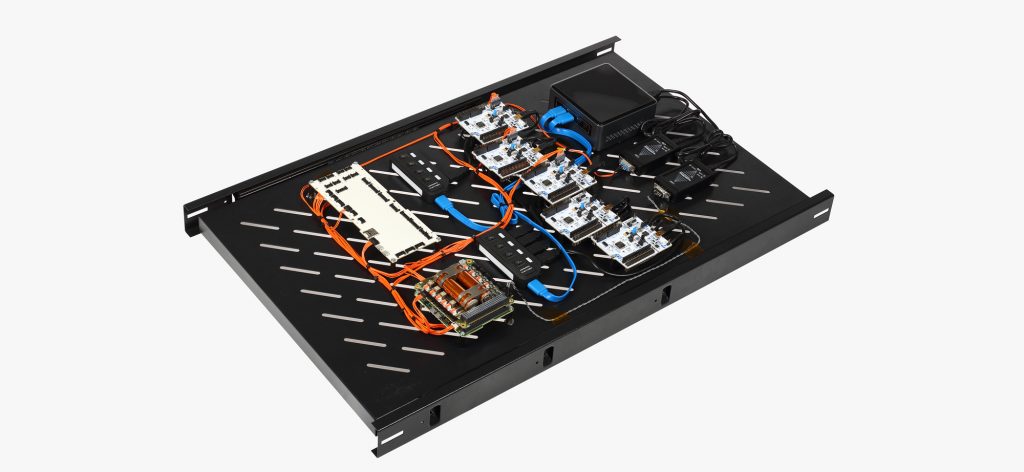- 2020-11-25
In our previous article on the pre-sale process, we’ve covered the initial steps of a space mission. Now, when an agreement is inked, the project manager and engineering team step in. Here are seven steps that follow contract signing and end up with a successfully launched and smoothly operating nanosat(s)!
STEP 1 – the project management team is assembled by NanoAvionics. We aim to keep everything as efficient as it can be thus the team usually includes three key people: the project’s chief engineer, chief system engineer, and the project manager. The team reviews the project’s timeline, developed as part of the proposal, and sets the dates for weekly/bi-weekly calls, reports on the project’s progress. Importantly, the project team is being constantly supported by almost 100 highly experienced NanoAvionics engineers thus empowering them to address any technical questions the customer might have.
STEP 2 – the Preliminary Design Review (PDR) is conducted. We prepare all the required documentation and submit it to the customer a few weeks in advance. The customer checks the PDR and provides feedback on items if there are any that should be improved.
STEP 3 – once improvements to the preliminary design are made by our team, the Critical Design Review (CDR) is conducted. This is the final design review to ensure that a system can proceed into fabrication, demonstration, and test and can meet stated performance requirements within cost, schedule, and risk.
At this stage, NanoAvionics can also help customers with remote software testing, in some cases – when the payload is still in development. We offer a remote nanosat FlatSat that fully mimics our real nanosat hardware and software – it allows customers to run tests via remote network connectivity without the need to ship the equipment back and forth between the customer’s and NanoAvionics’ facilities. The FlatSat system is being constantly updated by our team thus allowing customers to work with the latest cutting-edge tech. Read more about it here.

STEP 4 – manufacturing, assembly, integration, and testing (MAIT). At this stage, every subsystem of the nanosat is produced in its final configuration and being tested. Afterwards, subsystems’ assembly and integration into the nanosat begins, followed by testing at the satellite level. Eventually, an extensive final testing campaign begins – it covers environmental (vibration, shock, thermal vacuum, radiation, electromagnetic), as well as visual and functional tests. NanoAvionics conducts these tests in-house and at accredited facilities to meet the exacting requirements of NASA’s General Environmental Verification Standard (GEVS) as well as the specific acceptance standards set by the launch provider. Watch a video about testing M6P nano-Satellites – qualification and acceptance programs.


STEP 5 – after all tests are successfully completed, we proceed to the flight readiness review (FRR) stage. We review and inspect the assembled nanosat and prepare the final pack of documents confirming that the satellite bus is ready for the flight.
STEP 6 – launch site operations. Some customers prefer to manage this stage on their own, however, the majority – entrust it with NanoAvionics. In the latter case, we take care of launch site operations, such as satellite registration, integration into a dispenser, logistics, documentation clearance, post-trip health check, delivery to the launch site, facilitation with the access to the launch site (for launch witnessing or engineering purposes) and integration with the launch vehicle.

STEP 7 – the Launch and Early Orbit Phase (LEOP) includes full management of the nanosat launch, establishing the first contact in the orbit, all subsystems’ initialization, health check, payload deployment, as well as the nanosat’s operational management.
In addition to standard services, we can also provide extended mission support that includes an advanced NanoAvionics managed network consisting of our own ground stations and most available commercial ground station networks, so a customer needs to worry only about how much data and how often the mission requires to downlink.
Mission Control Software (MCS) provided by NanoAvionics is compatible with any of the above-mentioned options and offers API services for real-time satellite commanding and data polling.






